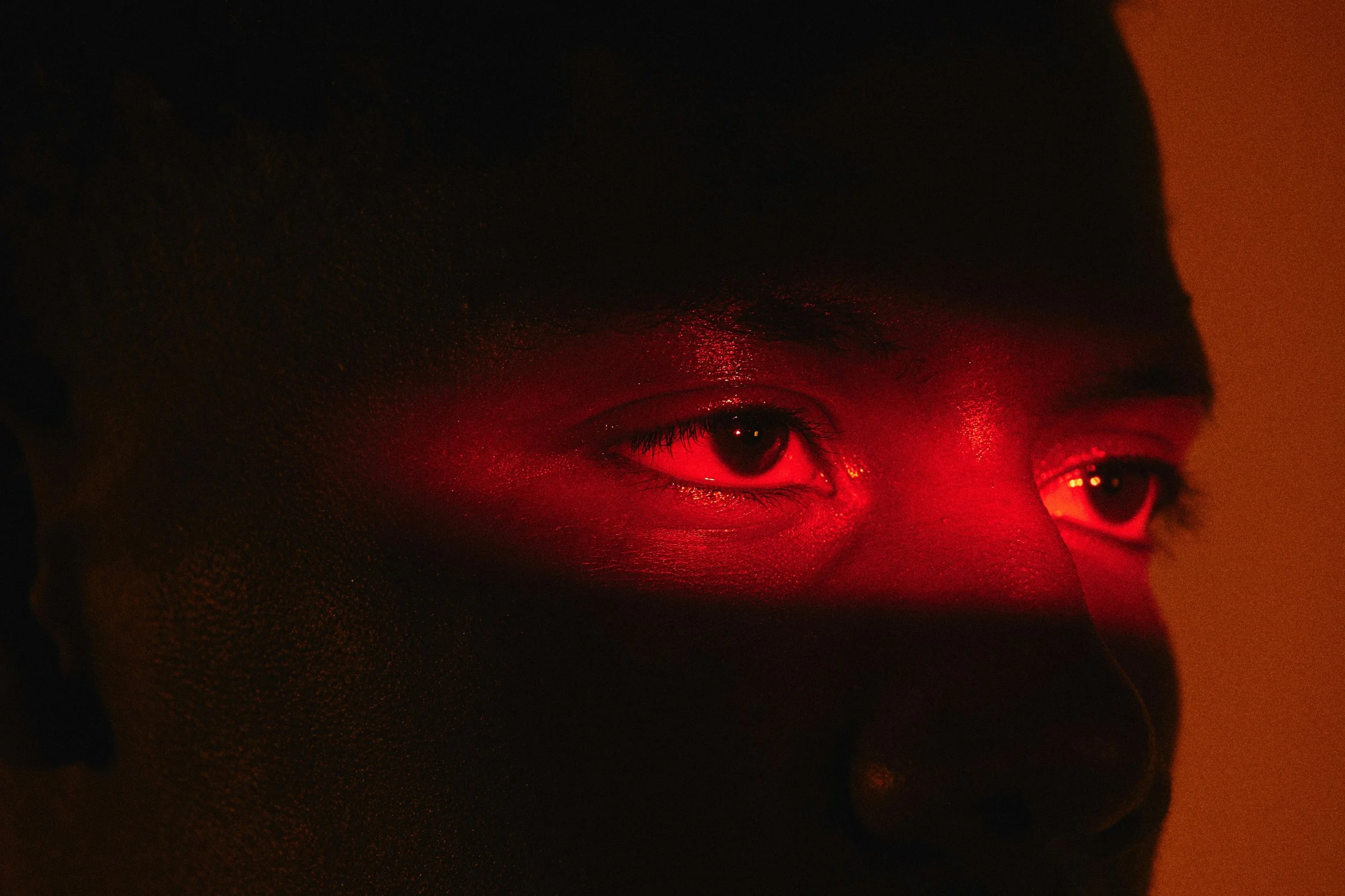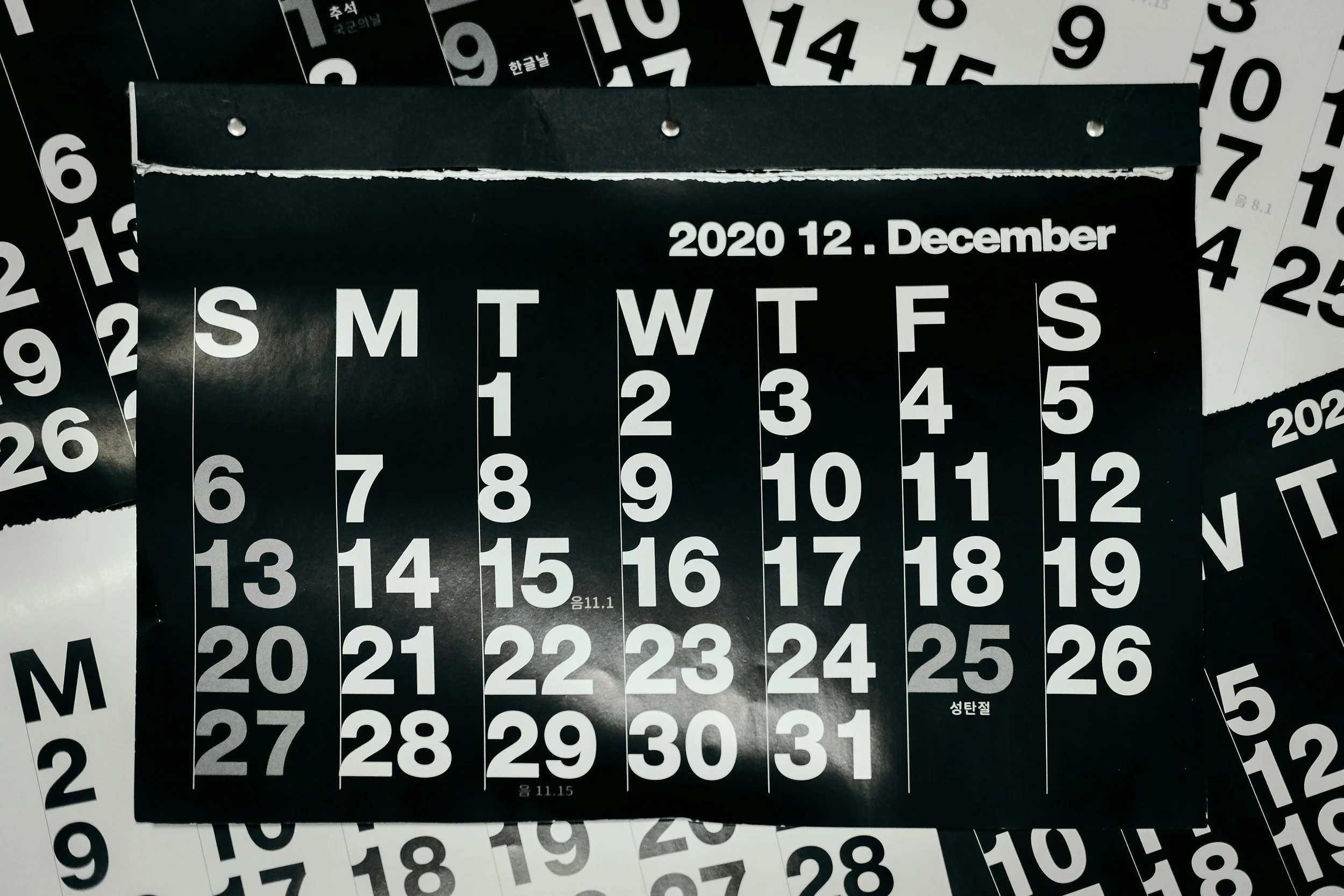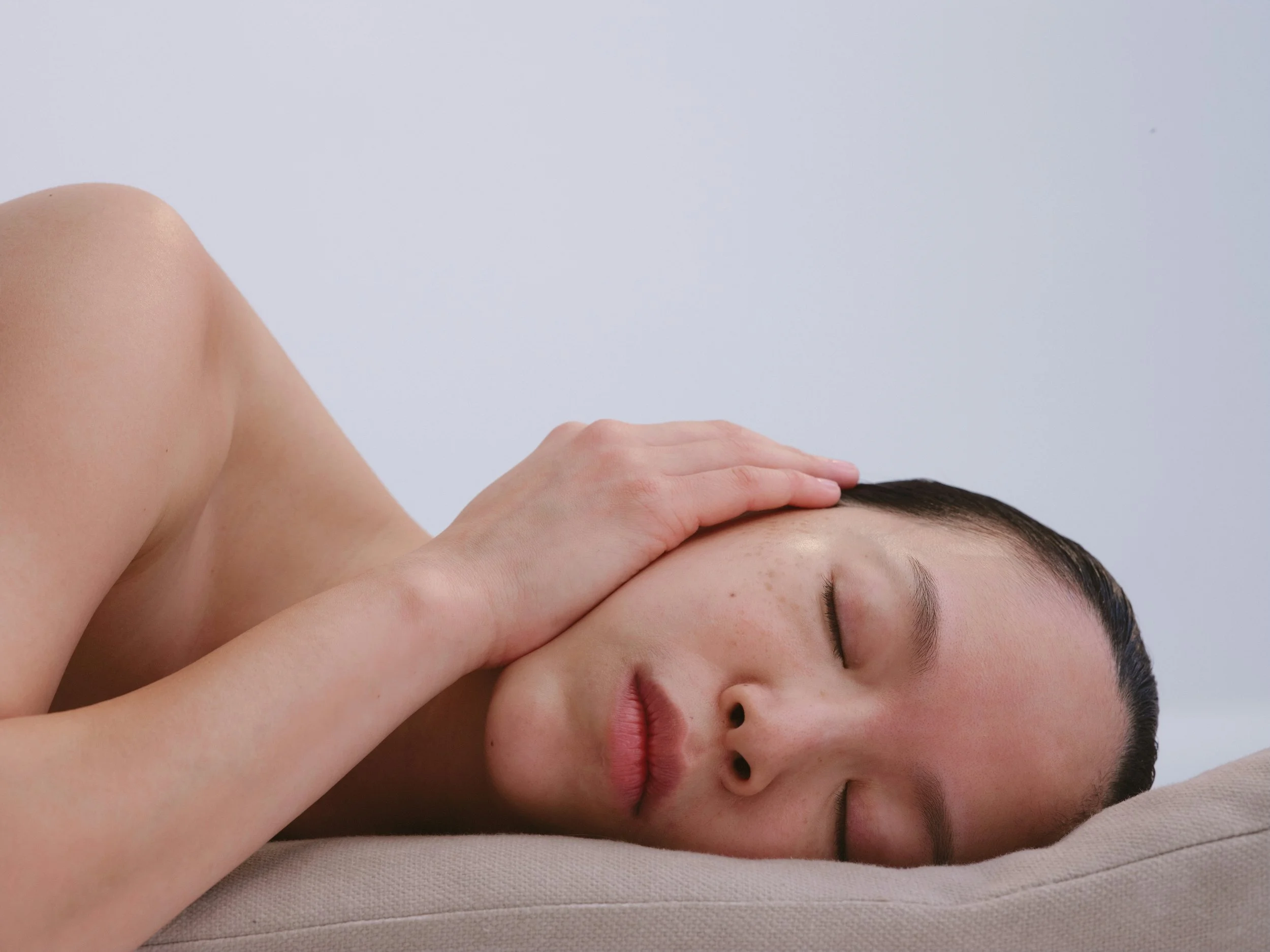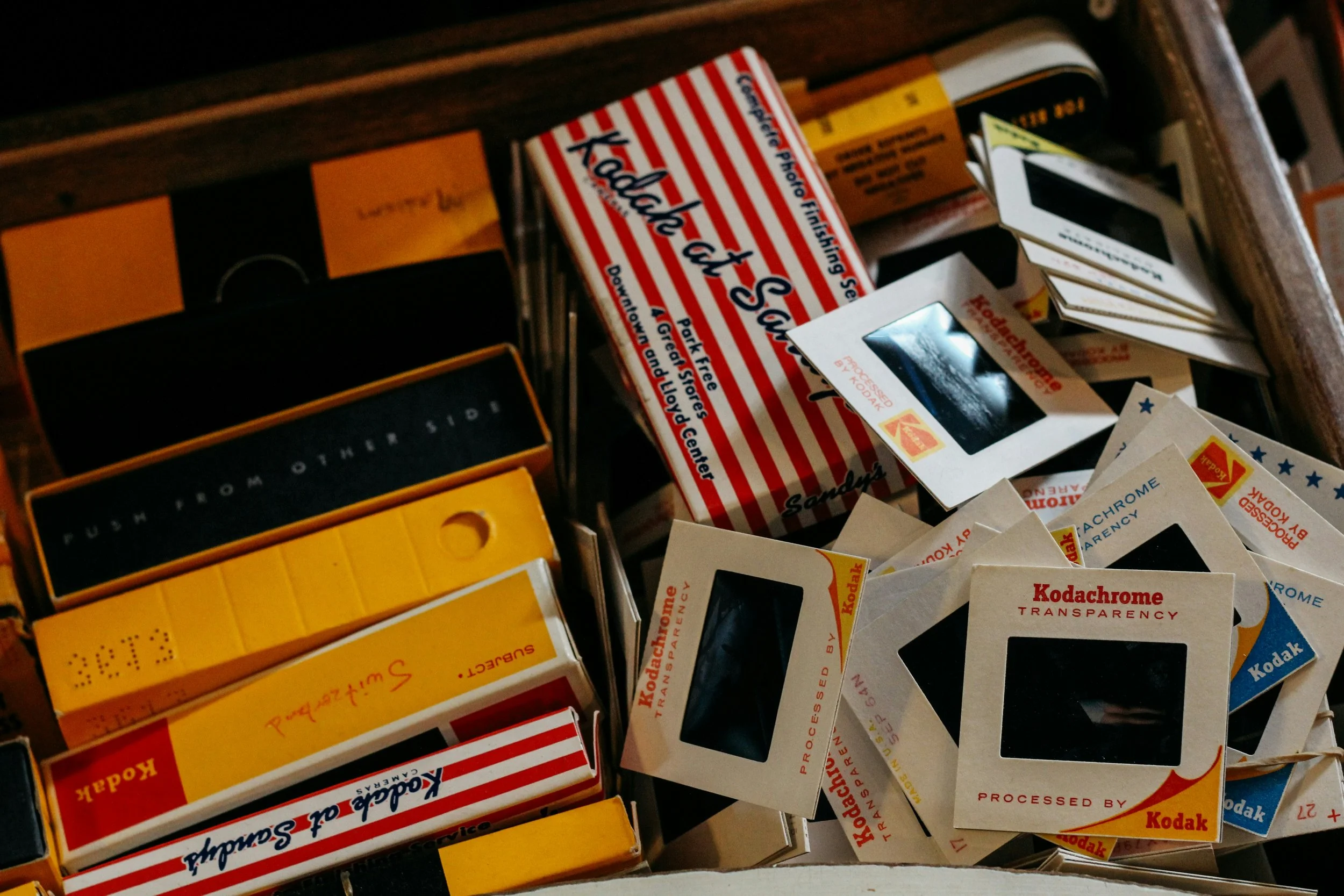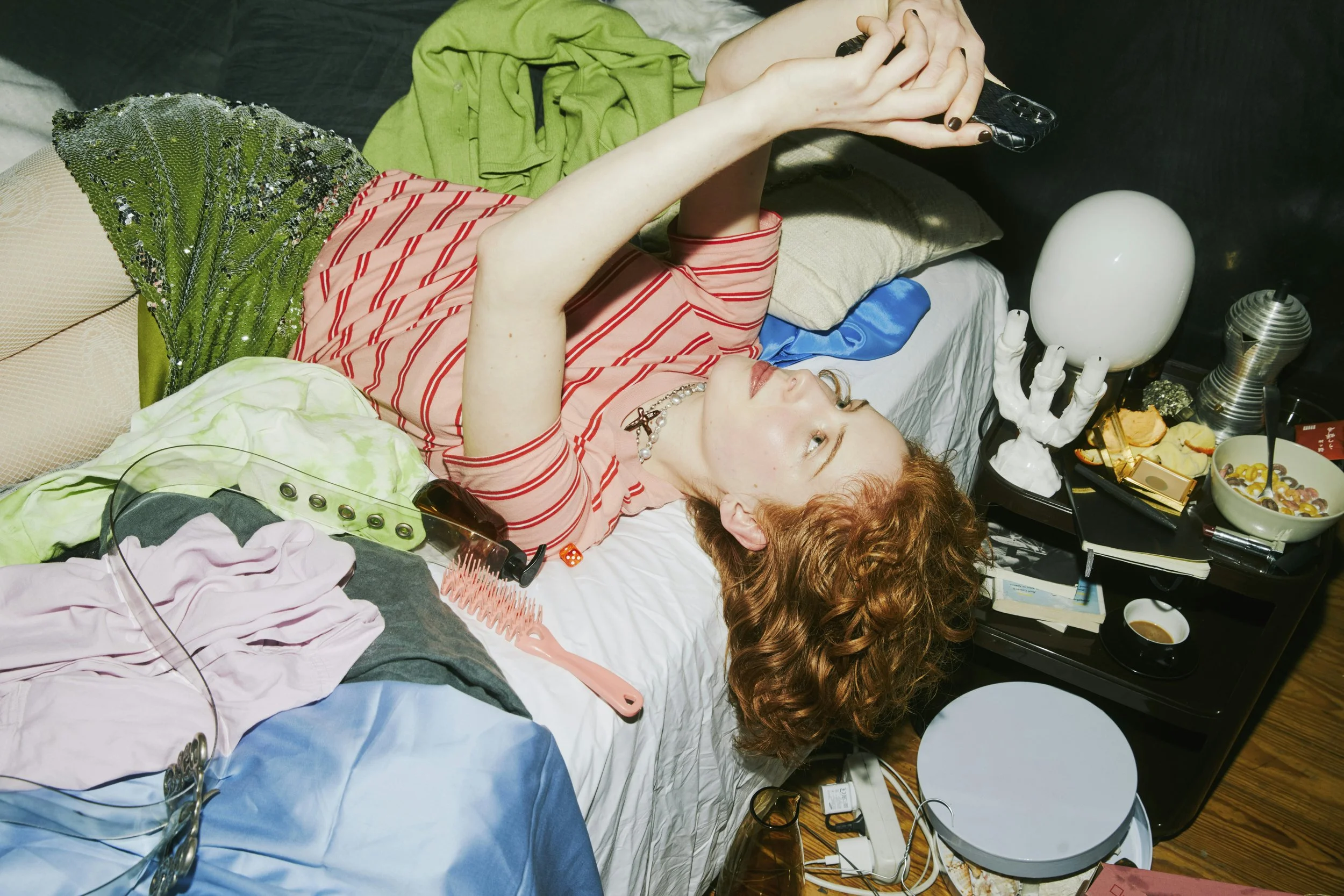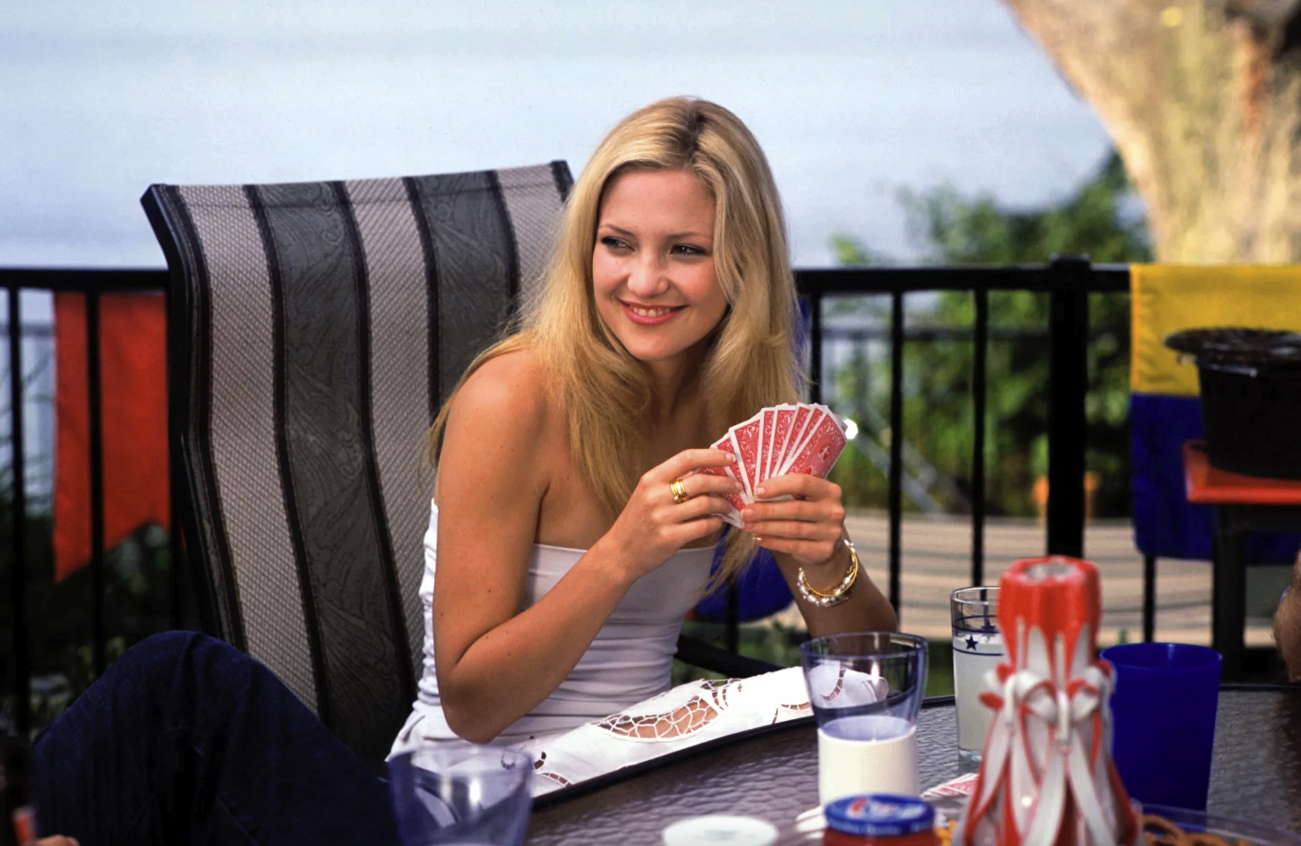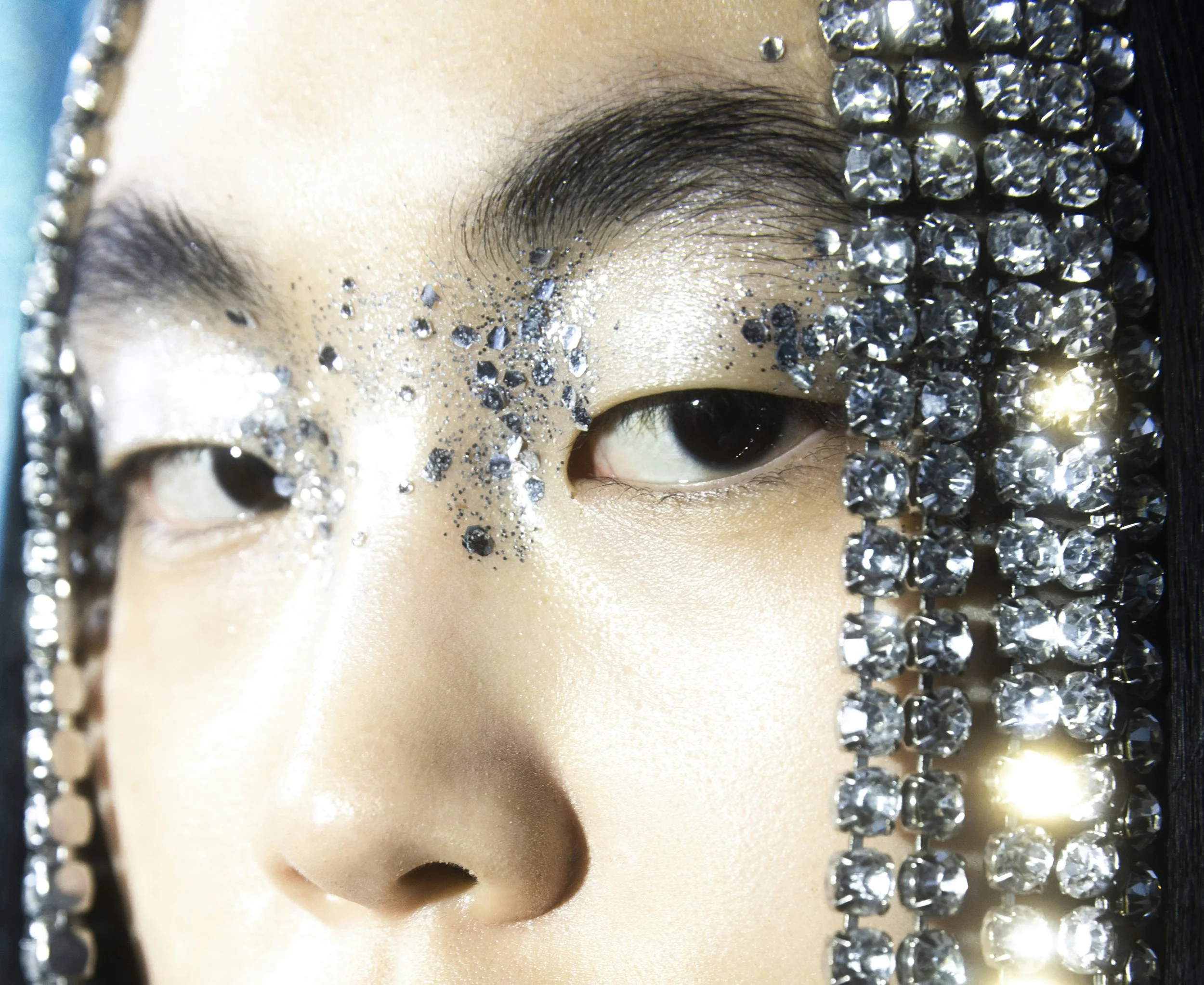Lion Roars And Deep Breaths
Lion Roars And Deep Breaths:
Internal Regulation Strategies To Bring You Back Into Balance
BY LAUREN QUINN
I’ve never met an ADHDer who isn’t also dysregulated.
In fact, researchers are beginning to understand emotional dysregulation as a key component of ADHD.
When we're in a dysregulated state, our bodies don't know if we have a long to-do list or if we’re being chased by a bear–the reaction is the same. We tense up; our stomachs twist in knots; our emotions overwhelm us; we become reactive. Being in this frantic energy is exhausting (no wonder we crash so often).
As a therapist for ADHD who also has ADHD, clients often approach me with the same issues I struggle with: How can I get more organized? How to get out of paralysis? How do I stop feeling so overwhelmed? How can I better manage my big feelings?
Regulation is my answer to any ADHD struggle someone shares with me. When we can regulate our bodies, our ADHD symptoms dissipate, emotions feel easier and we’re better able to roll with the ups and downs of daily life.
So how do we practice this?
It starts with recognizing the feelings and thoughts you’re experiencing. That might be hard for us ADHDers, who are thought to have a harder time identifying and processing emotional stimuli due to differences in the amygdala and prefrontal cortex.
Here are common signs of dysregulation:
Stomach pain
Heart racing
Feelings of overwhelm
Physically rushing: “trying to get things over with”
Irritability, frustration or anger
Paralysis
Explosions of emotions or “meltdowns”
Crying













